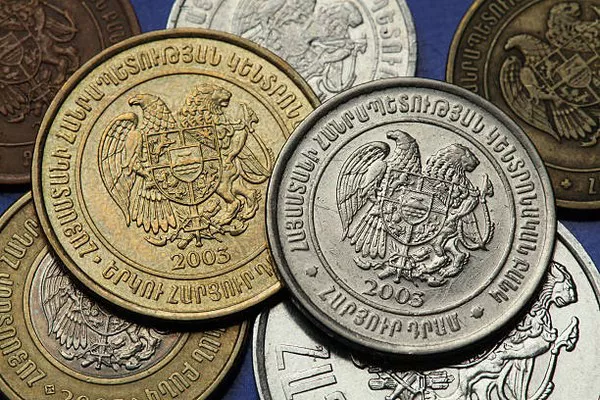Armenia, a country rich in history and culture, boasts a unique identity reflected not only in its ancient landmarks and traditions but also in its currency. The dram, the official currency of Armenia, has various denominations, each carrying its own significance. Among these, one stands out as the pinnacle of Armenian currency – the largest banknote. In this article, we delve into the details of the biggest Armenian bill, exploring its historical context, design elements, and the broader economic implications.
The Genesis of Armenian Currency
The dram, which means “money” in Armenian, became the official currency of the Republic of Armenia in 1993. The Central Bank of Armenia (CBA) assumed the responsibility of issuing and regulating the dram, replacing the temporary currency used during the early years of the newly independent nation.
Denominations of the dram include coins and banknotes, ranging from modest values for everyday transactions to larger denominations for more substantial financial dealings. Each denomination plays a role in facilitating the diverse economic activities within the country.
The Largest Armenian Banknote: A Closer Look
The largest banknote in Armenia is the 100,000-dram bill, a testament to the country’s economic resilience and stability. Introduced in 2001, this high-denomination banknote is a reflection of Armenia’s commitment to providing a comprehensive range of currency options to its citizens.
Design Elements
The 100,000-dram banknote showcases a harmonious blend of historical, cultural, and artistic elements, embodying the essence of Armenia. The front of the bill features a portrait of Hovhannes Tumanyan, one of the most renowned figures in Armenian literature. Tumanyan’s contributions to poetry and storytelling make him a fitting choice to grace the nation’s largest banknote.
On the reverse side, the banknote highlights an exquisite depiction of the iconic Echmiadzin Cathedral. As the mother church of the Armenian Apostolic Church, Echmiadzin holds immense cultural and religious significance for the Armenian people. The cathedral’s inclusion on the 100,000-dram bill symbolizes the enduring connection between the country’s cultural heritage and its modern economic identity.
Security Features
In line with global standards, the 100,000-dram banknote incorporates advanced security features to prevent counterfeiting and ensure the integrity of Armenia’s currency. These features include holographic strips, watermarks, and other intricate details that make the banknote both visually striking and technologically sophisticated.
Economic Implications
The issuance of a 100,000-dram banknote carries economic implications that extend beyond its face value. Large denominations like this are often introduced to meet the needs of a growing and evolving economy. The presence of such high-value currency facilitates larger transactions, contributing to the efficiency and fluidity of economic activities within the country.
Moreover, the introduction of the 100,000-dram banknote reflects the confidence of the Armenian government and the Central Bank in the stability of the national currency. It sends a positive signal to both domestic and international stakeholders about the country’s economic robustness and its ability to manage larger financial transactions securely.
Public Reception and Usage
The acceptance and usage of high-denomination banknotes can vary among different segments of the population. While businesses engaged in significant transactions may find the 100,000-dram banknote convenient, the general public may rely more on smaller denominations for day-to-day purchases.
Education and awareness play a crucial role in promoting the use of larger banknotes. The Central Bank of Armenia, through various initiatives, educates the public about the security features of the 100,000-dram bill, encouraging its widespread acceptance and fostering trust in the currency.
Conclusion
In conclusion, the 100,000-dram banknote stands as the largest denomination in Armenia, embodying the nation’s commitment to economic stability, cultural heritage, and technological advancement. Through the thoughtful integration of historical figures like Hovhannes Tumanyan and iconic landmarks like the Echmiadzin Cathedral, the banknote serves as a canvas that tells the story of Armenia’s past, present, and future.
As the Armenian economy continues to grow, the 100,000-dram banknote plays a vital role in facilitating larger financial transactions and contributing to the overall efficiency of the nation’s economic landscape. In the hands of the people, this banknote is not merely a piece of currency but a tangible representation of Armenia’s resilience, progress, and cultural identity.


